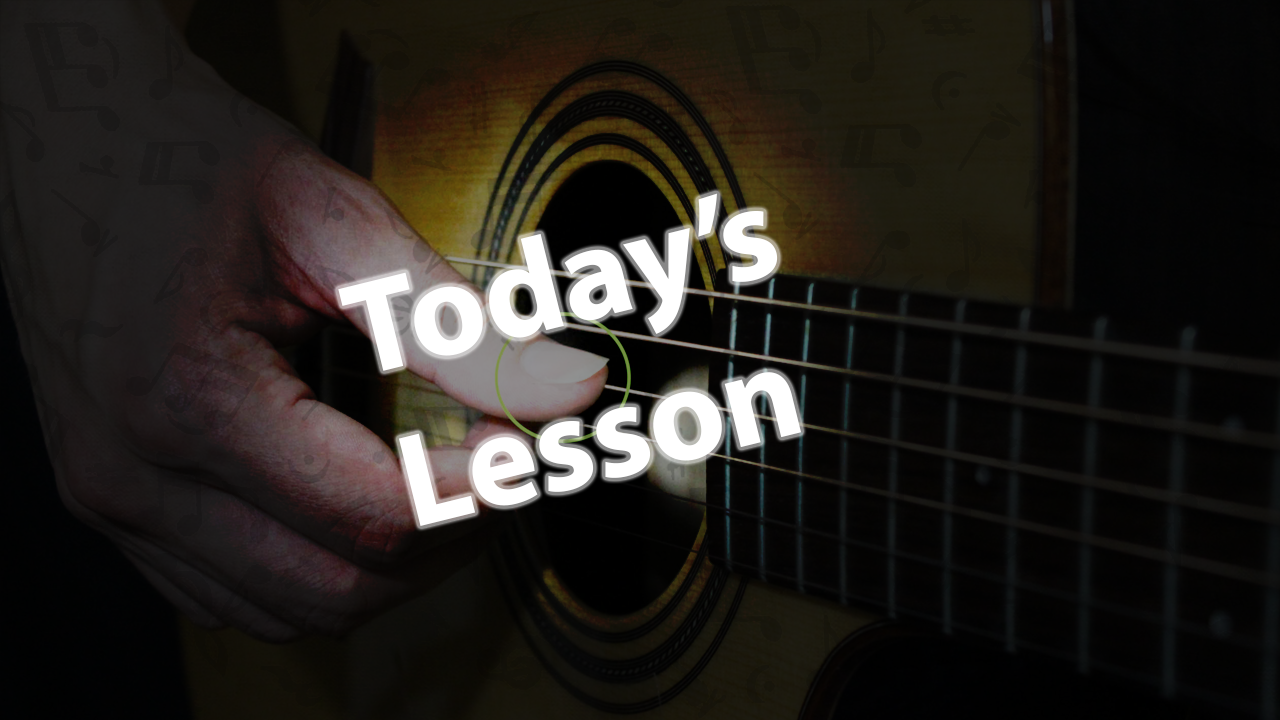Time signatures are a crucial aspect of music theory that dictate the rhythm and overall feel of a piece. In fingerstyle music, understanding time signatures is essential for creating a cohesive and engaging performance. In this article, we will explore the basics of time signatures in fingerstyle music and how they can be used to enhance your playing.
The Basics of Time Signatures
A time signature is a notational convention used in sheet music to specify the number of beats in each measure and which note value represents a single beat. The time signature is typically written as a fraction at the beginning of a piece of music, with the top number indicating the number of beats per measure and the bottom number indicating the note value that receives one beat.
Common Time Signatures in Fingerstyle Music
While there are countless time signatures used in music, some are more common in fingerstyle music than others. The most common time signatures you will encounter in fingerstyle music are 4/4, 3/4, and 6/8.
4/4 Time Signature
The 4/4 time signature, also known as common time, is the most widely used time signature in music. It consists of four beats per measure, with each beat represented by a quarter note. This time signature is often used in fingerstyle music because it provides a balanced and easy-to-follow rhythm.
3/4 Time Signature
The 3/4 time signature is another common time signature in fingerstyle music. It consists of three beats per measure, with each beat represented by a quarter note. This time signature is often associated with waltzes and other dance styles, creating a flowing and graceful feel.
6/8 Time Signature
The 6/8 time signature is less common but still used in fingerstyle music. It consists of six beats per measure, with each beat divided into two groups of three eighth notes. This time signature creates a compound feel, with a strong emphasis on the first beat of each measure.
Using Time Signatures in Fingerstyle Music
Understanding time signatures in fingerstyle music is essential for creating a cohesive and engaging performance. By carefully considering the time signature of a piece, you can enhance the rhythmic structure and overall feel of your playing. Experiment with different time signatures to create unique and dynamic arrangements that showcase your fingerstyle skills.
Overall, time signatures play a crucial role in fingerstyle music and should not be overlooked. By mastering the basics of time signatures and incorporating them into your playing, you can elevate your fingerstyle performances to the next level.


0 Comments